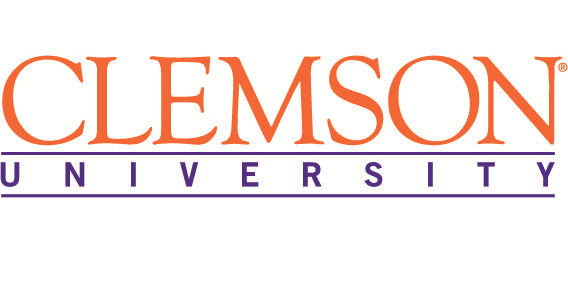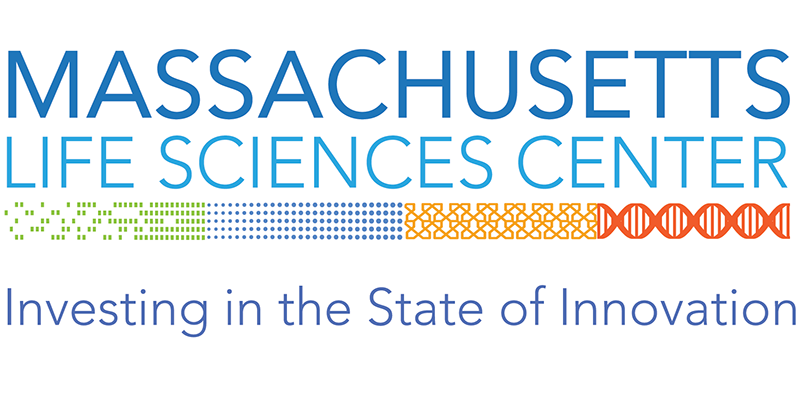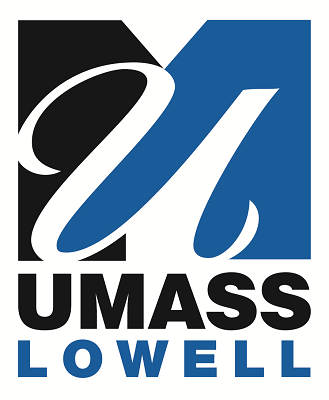Performance Period: 12/1/2018 to 8/31/2020
While there are relationships between CHO cell growth/productivity and the metals composition of the medium, studies to date have not yielded universally applicable conclusions. Once quantified accurately and in real-time, metals composition could become a useful control parameter. To this end, researchers at UMass Lowell along with US FDA (CDER) are studying of the roles of trace metals, (Cu, Mn, Se, and Zn) in CHO cell culture production and are developing an offline assay for trace-metal quantification. In order to closely monitor and control critical trace metals in cell-culture production, real-time (or near real-time) instrumental methods need to be in place that provide such analyses, preferably on simplified platforms that can be implemented at-reactor. This can be particularly useful in continuous processing environments.
Clemson University has developed the liquid sampling-atmospheric pressure glow discharge (LSAPGD) microplasma as a simple, sensitive ionization source for elemental analysis. Uniquely, the device can be implemented on small-footprint LC-MS platforms. As such, the need for “remote” or off-line analyses on core facility ICP-MS systems may be alleviated. Proof of concept has been demonstrated in collaboration with Merck laboratories on a Waters (Billerica, MA) QDa platform, but other manufactures also offer systems which could be readily implemented on the production floor.
At line measurement of trace metals in near real time to enable process consistency and control
Graham, R. J., Bhatia, H., & Yoon, S. (2019). Consequences of trace metal variability and supplementation on Chinese hamster ovary (CHO) cell culture performance: A review of key mechanisms and considerations. Biotechnology and Bioengineering, 116(12), 3446–3456. https://doi.org/10.1002/bit.27140
Williams, T. J., & Marcus, R. K. (2020). Coupling the liquid sampling – atmospheric pressure glow discharge, a combined atomic and molecular (CAM) ionization source, to a reduced-format mass spectrometer for the analysis of diverse species. Journal of Analytical Atomic Spectrometry, 35(9), 1910–1921. https://doi.org/10.1039/D0JA00094A
Polanco, A., Liang, G., Park, S., Wang, Y., Graham, R. J., & Yoon, S. (2023). Trace metal optimization in CHO cell culture through statistical design of experiments. Biotechnology Progress, 39(6), e3368. https://doi.org/10.1002/btpr.3368
Login to the NIIMBL member portal to access more, including:
Not yet a member? Learn more about which level of NIIMBL membership is right for you and your organization.

Clemson University

Federal Stakeholder: Food and Drug Administration

Massachusetts Life Sciences Center

Merck Sharp & Dohme LLC

University of Massachusetts Lowell